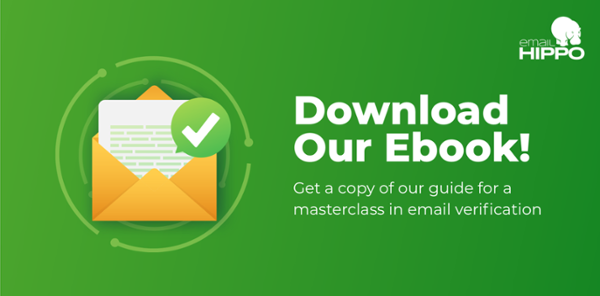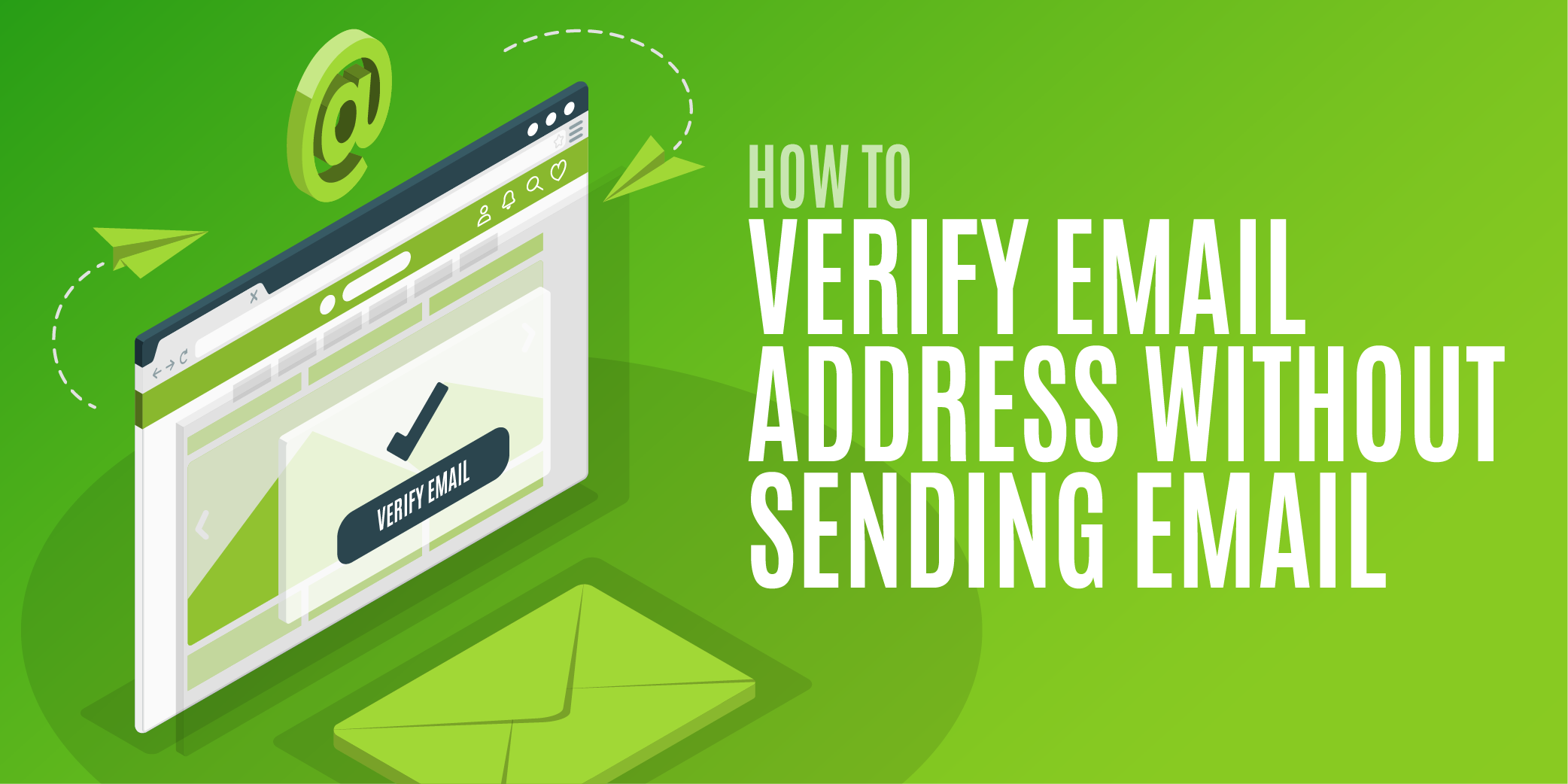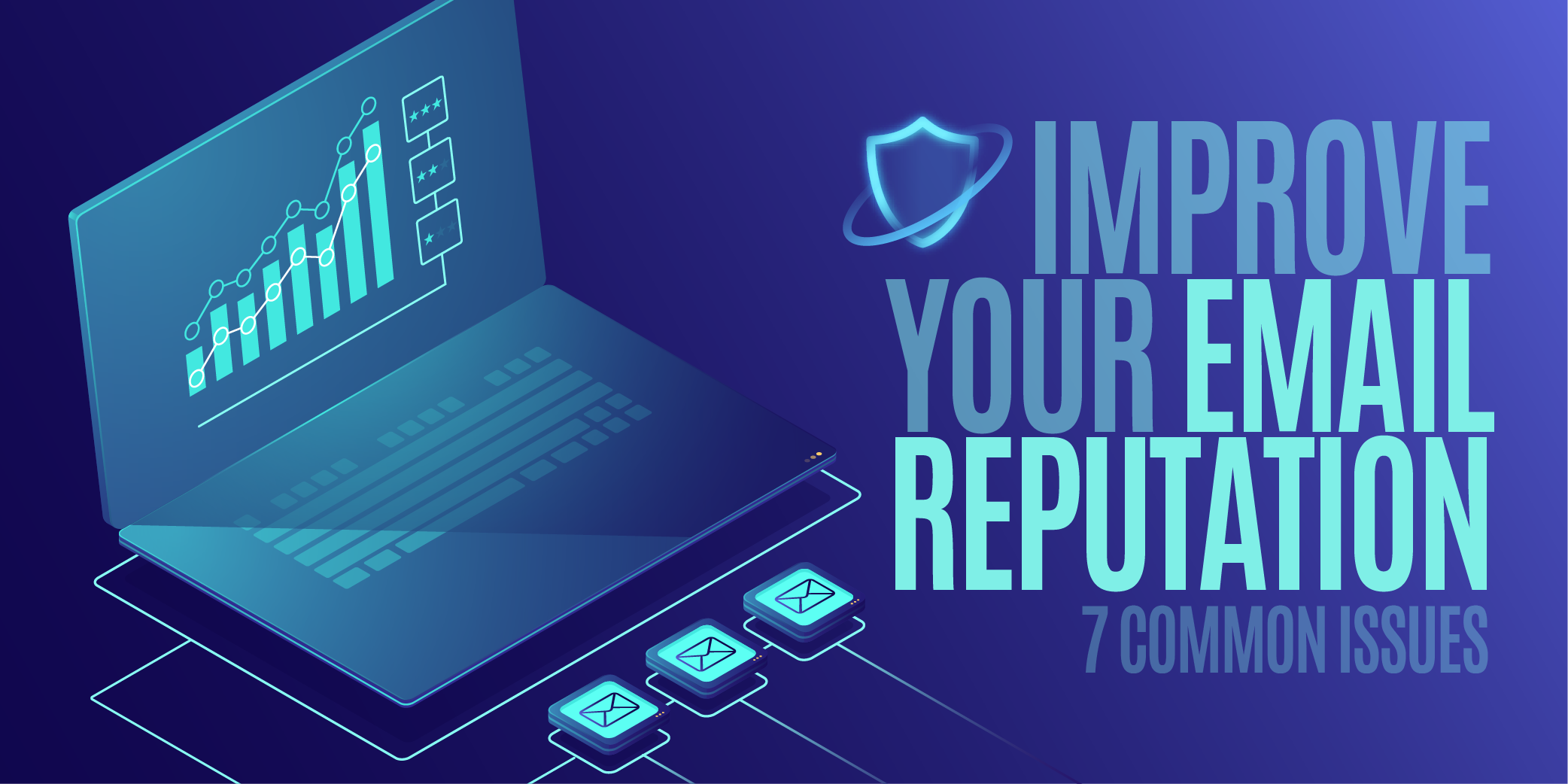
Thanks to advancing techniques used by hackers and untrustworthy senders, email privacy concerns are causing mailbox providers (MBPs) to tighten their filtering processes and expand the number of data points used to establish whether a sender can be trusted.
However, while the changes are good news for email users, they may cause disruption for email marketers in 2022, especially when it comes to reporting on performance.
The introduction of Apple’s iOS15 update, for example, has brought about a new Mail Privacy Protection feature, which prevents emails from using invisible tracking pixels to collect information about the recipient and their behaviour. In principle, this will protect email users from disclosing information to third parties without knowing, but in turn it is causing some standard email marketing metrics to become less reliable and can skew campaign results.
The primary metric used by email marketers being impacted here is open rate. This feature prevents tracking pixels within the email from firing accurately, meaning that these recipients will automatically appear to have opened the email, whether they did or not.
Although only Apple has currently brought in these new privacy policies, there is a potential that other email providers may introduce these in the future. In this blog, we explore the need to go beyond these metrics to gain a more accurate view on email marketing performance and the KPIs marketers should be paying more attention to.
KPIs to keep an eye on
Despite the fact you are still able to glean insights of email performance based on open rates from other mailbox providers, this could easily change and it is important that you review a wider number of metrics to gain a true indication of how your emails are performing. Some of the KPIs it is a good idea to keep an eye on include:
Deliverability
Deliverability refers to the percentage of sent emails which made it to the intended inbox.
The majority of email marketing platforms will provide reporting on this for individual emails, as well as an overall deliverability rate for your account. Providing valuable insights into how mailbox providers are perceiving your communications, this metric should remain accurate as it relies on a response from an email server rather than a tracking pixel.
Over time, negative actions relating to your email campaigns can reduce email deliverability, which means more of your content will either land in spam folders or not be delivered at all. Factors such as spam reports, unsubscribes and bounce rates can influence your email deliverability and keeping an eye on this metric will help you to identify potential issues early.
To avoid the risk of reduced deliverability, it is good practice to clean your email lists on a regular basis and maintain an engaged audience for your campaigns through the use of targeted and relevant content.
Bounce rates
Bounce rates can be a valuable indicator of issues relating to both the quality of your contact list and your email content itself.
A hard bounce occurs when an email can't be delivered to an inbox for a permanent reason, such as an email address mailbox not existing or no email servers configured. In contrast to this, a soft bounce refers to a temporary reason your email could not be delivered, such as not meeting anti-spam requirements, or simply a full inbox. It’s important to note that while an email which has hard bounced will not be delivered in the future, a soft bounce may be delivered if the problem is resolved.
While a hard bounce is usually more worrying to marketers, both of these bounce types can act as valuable indicators of a sender issue and should be reviewed regularly. Email list cleaning to remove hard bounces will help to improve the quality of your lists for future campaigns, whereas assessing soft bounced addresses and other relevant metrics to identify the potential cause, is a good way to find opportunities to improve your email content, with the aim of reaching the inbox with your next send.
Click-through rate (CTR)
Click-through rate refers to the percentage of recipients who have opened your email and also clicked on a link within the content. Although CTR is a standard metric used by marketers to assess email performance, this metric can still be tracked effectively despite new privacy policies.
A good CTR is a signal of an engaged audience, whereas a low CTR could be a sign of sending unwanted or irrelevant content to your contacts. Over time, a consistently low click-through rate could impact your email sender reputation and could increase the risk of triggering spam filters.
Using dynamic tailored content and sending emails which align with each stage of your customer journey, will help to boost this metric and encourage engagement from recipients. You could also implement A/B testing to find the right messaging which resonates with your audience.

Unsubscribe rates
Unsubscribes can be a worrying thing to see when looking at how your emails have performed. These essentially mean that contacts are self-identifying as uninterested and are removing themselves from your lists to avoid being contacted in the future.
A small number of unsubscribes is nothing to worry about. This can simply be caused by people no longer being in the market for your product or service, and having them remove themselves from your contacts can improve the quality of your lists going forward. However, increased unsubscribe rates over time can indicate a content or send frequency issue which should be addressed to avoid your communications being marked as spam. Unsubscribes could also indicate a list quality issue. By maintaining clean email lists, you can ensure you are only sending to those contacts who are likely to be interested and engaged with your content.
Targeting your emails to specific segments of contacts and using dynamic content are excellent ways to ensure your emails reach the inbox and are well-received. Focusing on sending timely and relevant emails to your audience will help encourage engagement and will be more likely to offer value to readers, thereby avoiding a high number of unsubscribes.
Improve your email performance with email verification
Reviewing these metrics following each campaign send, while also monitoring them at account level, will help you to identify problems early and adapt your future campaigns to achieve stronger results.
For many marketers, it'll be challenging to adapt to the changes led by Apple and the loss of the ability to accurately report on open rates. However, it should be taken as a sign to shift focus away from seeking small signs of engagement from a mass audience, and towards more meaningful engagement that can be measured in clicks and conversions rather than opens.
To take the first steps towards adopting this approach, marketers need to raise the baseline of perceived email performance and remove low quality contacts from their lists. These could include contacts who have previously bounced, or contacts who are less engaged or disengaged with your content. Instead, they should focus on targeting a smaller number of more engaged recipients, with more tailored content that will deliver more meaningful results.
Implementing email verification tools into your processes and as part of your overall strategy can help with this. Email verification will help you to maintain a higher quality contact list and prevent you from seeing high bounce rates, spam reports and low engagement rates from:
- Known spam traps
- Disposable email addresses
- Spam or fraudulent addresses
- Addresses with syntax errors
These addresses can be extremely hard to spot and can cause your email marketing to suffer. To learn more about email verification and the benefits it offers to marketers, download our comprehensive ebook.








